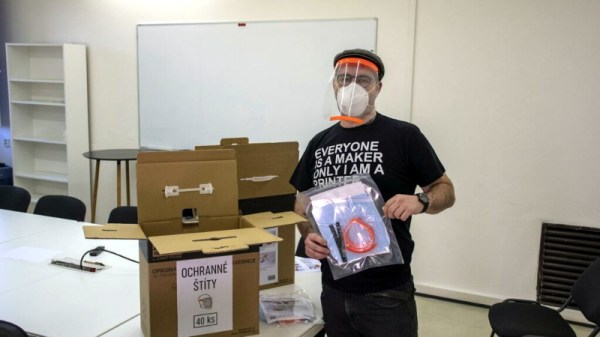As the COVID-19 pandemic invades in some way every corner of life, we’ve seen significant effort from the hardware community in considering the problem of inadequate supplies of medical equipment. The pandemic and its associated quarantine and lockdowns do not stop at medical supplies though, a whole host of problems associated with the whole population self-isolating are there to be solved. This makes Hack Quarantine, an online event that bills itself as “A global virtual hackathon”, particularly interesting. It’s encouraging its participants to look at the wider aspects of the whole thing rather than solely dreaming up an open-source ventilator design, because in the absence of clinical trials or indeed any experts in medical devices it’s possible that medical equipment from a hackathon might be of limited usability.
The hackathon will run from March 23rd to April 12th, and it already has a schedule of talks and workshops. We can’t help noticing a dearth of hardware-related stuff among all the software, and perhaps this could be where you come in. It’s something that never ceases to amaze us as Hackaday writers, the depth of hardware skill among our readership, and we’re guessing that plenty of you could bring something to this event.
We’ve brought you more than a few COVID-19 stories over the last few weeks. If this hackathon isn’t for you then can we point you at our Folding@Home team? Also, you may wish to look at the best fabric choice for your own face masks.


















